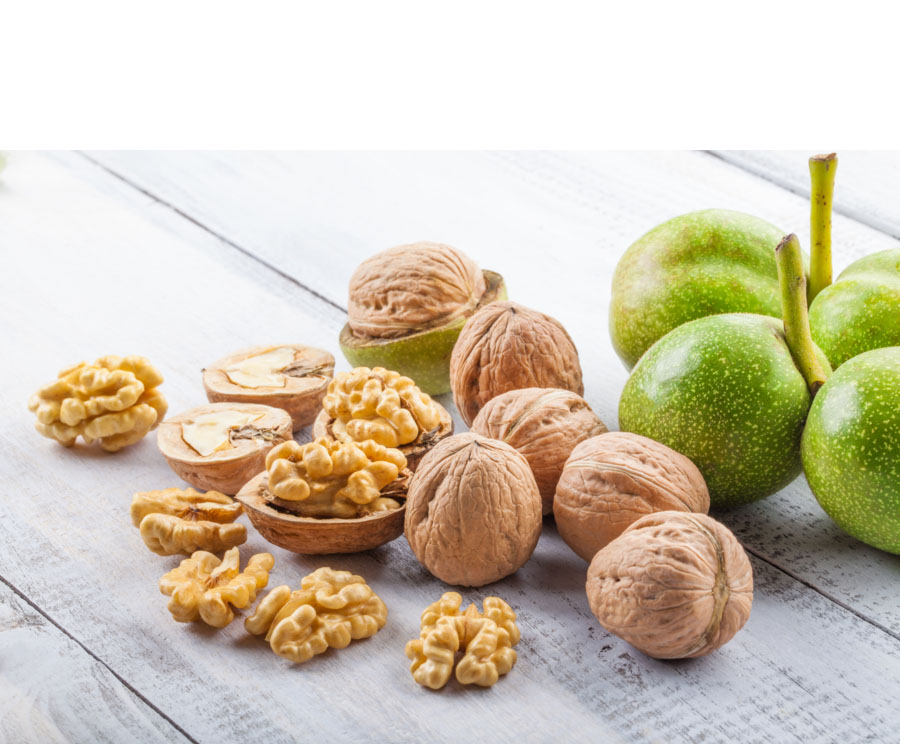The University of California introduced Chandler Walnut in 1979 and named it after W.H. Chandler, professor of pomology at U. C. Davis.
Chandler walnut is large, smooth and oval with a good shell connection. Chandlers are known all over the world and are highly valued by buyers for their extra light, high-quality beans. The Chandlers are harvested from the middle to the end of the season and offer one of the highest grain yields of all varieties.
The Chandler Walnut was created from the UC Davis Breeding Program run by Eugene F. Serr and Harold I. Forde. Serr and Forde crossed two species in 1963, one numbered 56-224 and another called Pedro. The 56-224 walnut is large but with a weak shell, protogynous, and very fruitful on lateral buds. The Pedro walnut is highly productive with a strong shell, a long-time winner of consumer taste tests, sheds abundant pollen, but does not withstand the heat well. This cross resulted in 35 progeny, two of which became the commercially viable cultivars known as Chandler and Howard.
The resulting Chandler walnut is highly fruitful on lateral buds. It is extremely vigorous and thus it needs to be pruned to avoid shoots with a narrow crotch angle (branches with less than a 45 degree angle). Chandler has fewer pest problems than other cultivars.
Today the Chandler walnut is the most planted walnut worldwide.
Chandler shells are large, oval-shaped and smooth to the touch. Initially Chandler shells are thin, but as the Chandler tree ages, the shells strengthen.
It is important to note that whatever the age of the tree, the shells have good seals that prevent accidental breakage.
Chandler Walnuts are prized by walnut buyers worldwide for their attractive light color, often described as “pearly”. The kernels are very high quality. They are easy removed from the shell in perfect “butterfly” halves, which means buyers that specialize in hand-cracking will seek out Chandler nuts.
Chandler Walnut kernel-to-shell ratio of 47%. Chandler nuts also conserve better than other cultivars.

